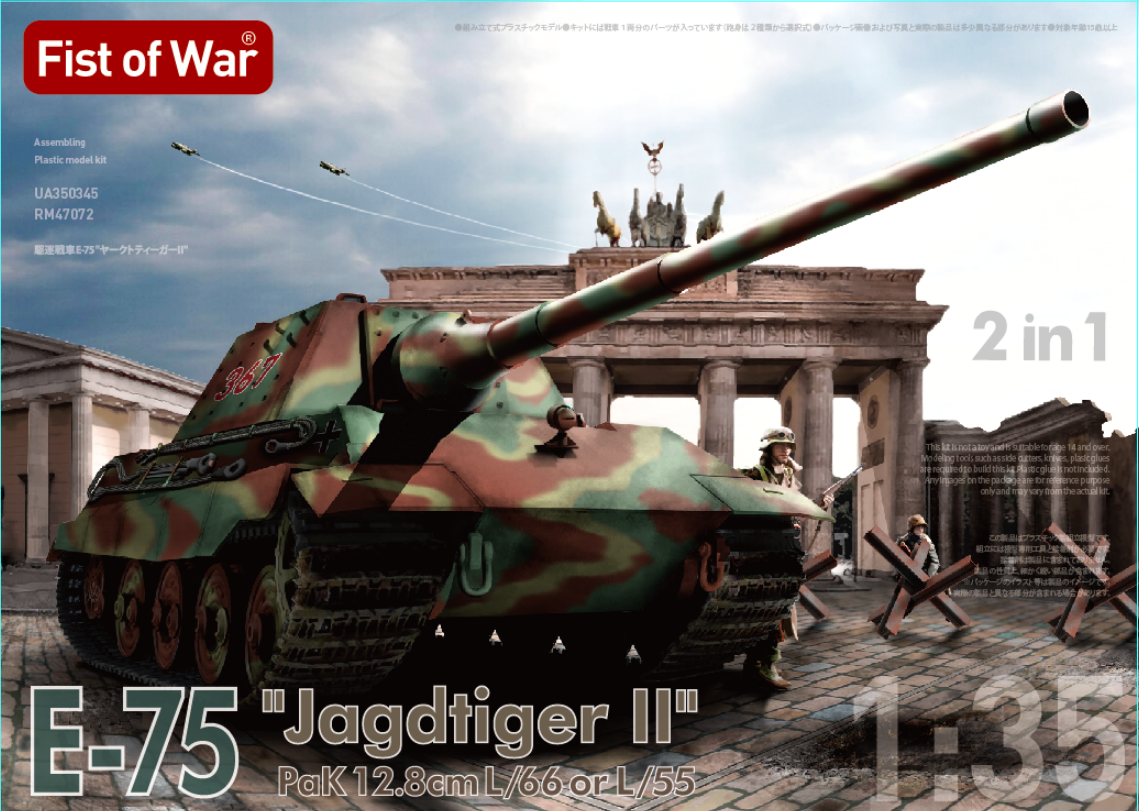
E-75 Jagdtiger II – Assault Gun Variant of the E-50/75 Series
The E-75 Jagdtiger II was a heavily armored tank destroyer developed as part of the E-50/75 series, intended to replace earlier turreted heavy tanks by prioritizing firepower, armor, and production efficiency. By eliminating the turret, the design allowed for a larger-caliber gun and thicker frontal armor, making it one of the most powerful defensive and breakthrough vehicles of its time.
A total of 450 units were produced, and the Jagdtiger II was deployed in key engagements where long-range firepower and impenetrable armor were critical.
Design and Features
The E-75 Jagdtiger II was designed for frontline defense and anti-armor dominance, featuring:
- Reinforced hull armor, with 200-250mm frontal armor, exceeding the protection of turreted heavy tanks.
- A fixed casemate structure, simplifying production while improving durability and weight distribution.
- Two main armament options, allowing for mission-specific adaptations.
Armament Configurations
The E-75 Jagdtiger II was available in two primary configurations, both emphasizing long-range lethality:
105mm L/68 high-velocity gun
- Muzzle velocity: ~1,200 m/s
- Effective penetration: ~250mm at 1,000m
- Ammunition capacity: ~50 rounds
- Faster reload time, providing higher rate of fire for engaging multiple targets.
128mm Pak 44 L/55
- Muzzle velocity: ~1,000 m/s
- Effective penetration: ~280mm at 1,000m
- Ammunition capacity: ~38 rounds
- High-impact shell, capable of destroying any enemy armor in a single hit.
Both guns were mounted within a reinforced mantlet, with limited traverse (10° left/right) but exceptional accuracy and armor penetration.
Armor and Protection
The E-75 Jagdtiger II featured one of the thickest armor profiles of any tank destroyer, designed to withstand all contemporary anti-tank weapons:
- Frontal Armor: 200-250mm sloped at 45°, making it nearly impenetrable to direct hits.
- Side Armor: 100mm with additional spaced armor skirts for increased RPG/HEAT resistance.
- Rear Armor: 80mm, offering limited protection against flanking attacks.
Mobility and Performance
Despite its heavily reinforced armor, the E-75 Jagdtiger II maintained reasonable mobility for its class, thanks to a reinforced drivetrain and high-power engine:
- Engine: Maybach HL 234, 1,200 hp
- Top Speed: 40 km/h (road), 28 km/h (off-road)
- Operational Range: 180 km
- Weight: ~80 tons
- Crew: 6 (Commander, Gunner, Loader x2, Driver, Radio Operator)
Combat Performance
The E-75 Jagdtiger II was deployed in critical defensive battles and breakthrough operations, excelling in:
- Destroying enemy heavy tanks at extreme distances, utilizing its powerful main gun.
- Holding strategic positions, leveraging its superior armor to withstand concentrated enemy fire.
- Providing direct-fire support, using high-explosive shells to neutralize fortifications and infantry strongholds.
Notable Engagements
- Battle of the Iron Line (1946): E-75 Jagdtiger II units held off an armored assault for 12 hours, eliminating over 50 enemy tanks without suffering significant losses.
- Fortress Assault Operation (1947): Equipped with high-explosive shells, the Jagdtiger II spearheaded a breakthrough against entrenched positions, clearing a path for advancing infantry and armor.
Specifications
- Weight: 80 tons
- Armor:
- Frontal: 200-250mm sloped at 45°
- Sides: 100mm + spaced armor
- Rear: 80mm
- Primary Armament:
- 105mm L/68 (50 rounds) OR
- 128mm Pak 44 L/55 (38 rounds)
- Secondary Armament: Coaxial 30mm autocannon + hull-mounted MG34 machine gun
- Mobility:
- Engine: Maybach HL 234 (1,200 hp)
- Top Speed: 40 km/h (road), 28 km/h (off-road)
- Range: 180 km
- Crew: 6 (Commander, Gunner, 2 Loaders, Driver, Radio Operator)
- Production Quantity: 450 units
- Role: Tank destroyer, assault gun, defensive firepower platform
Legacy
The E-75 Jagdtiger II was one of the most powerful tank destroyers in the E-series, featuring exceptional armor and firepower at the cost of mobility and flexibility. Despite its limited production of 450 units, it proved to be a game-changing asset on the battlefield, influencing post-war mechanized warfare concepts.
Note: This introduction is based on the Fist of War (FoW) alternate history background and is not a depiction of real-world historical events.


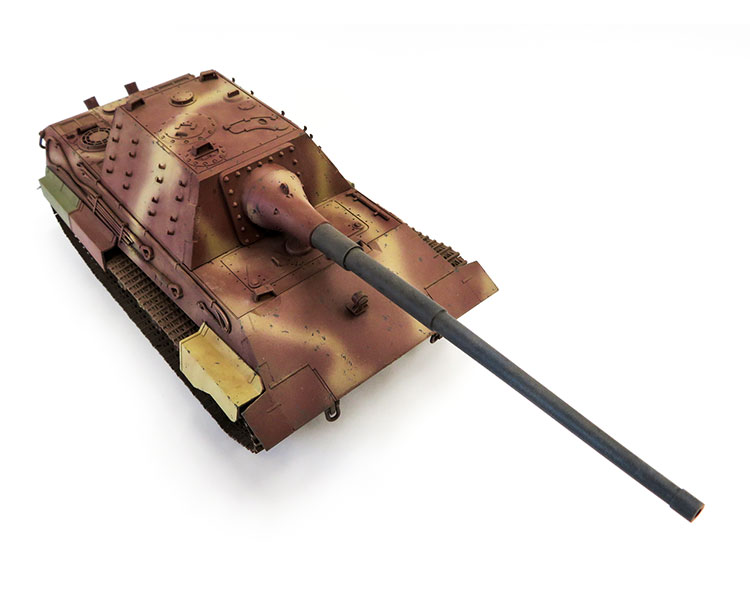
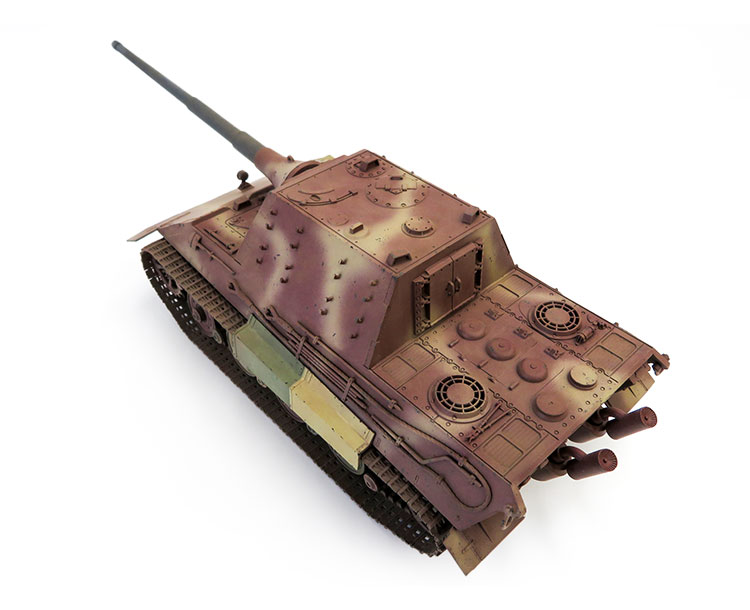
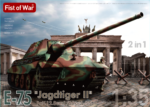
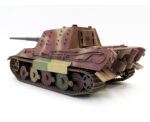
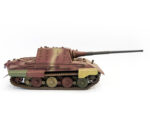
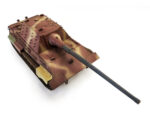
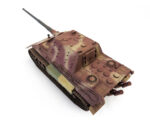
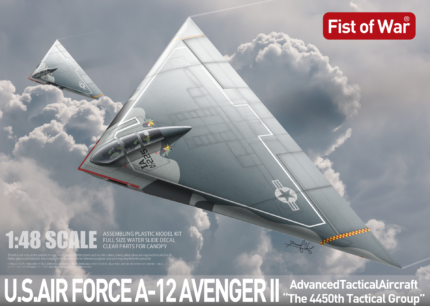
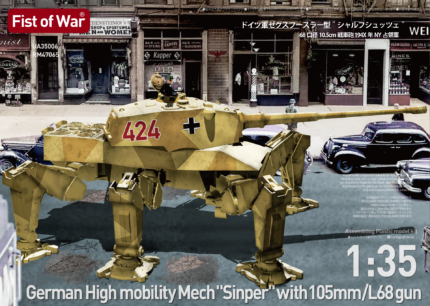



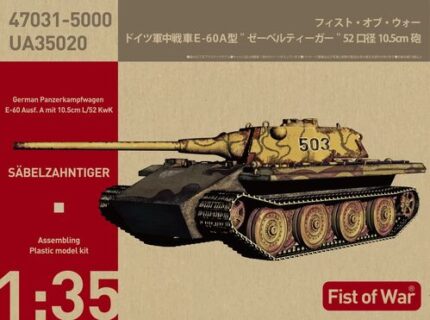

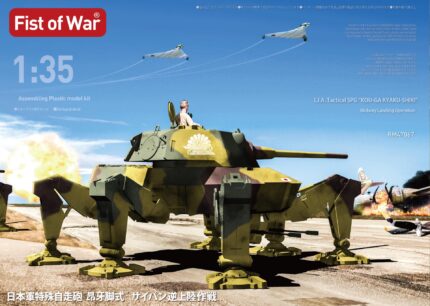

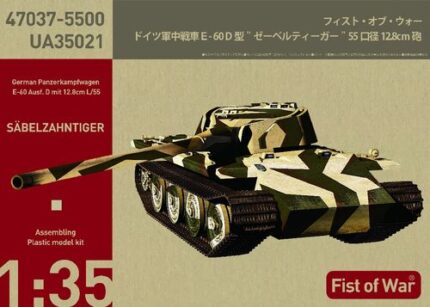
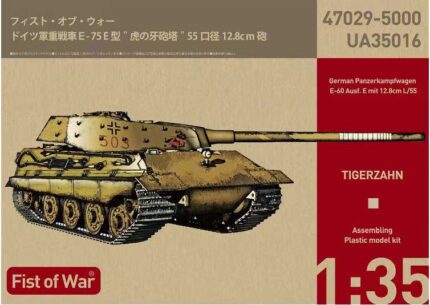
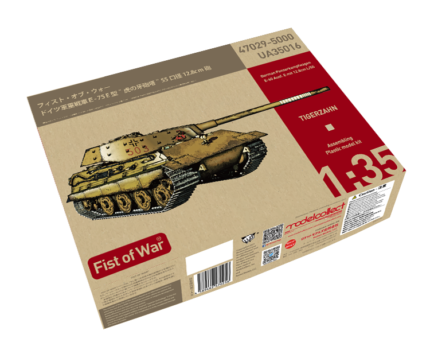
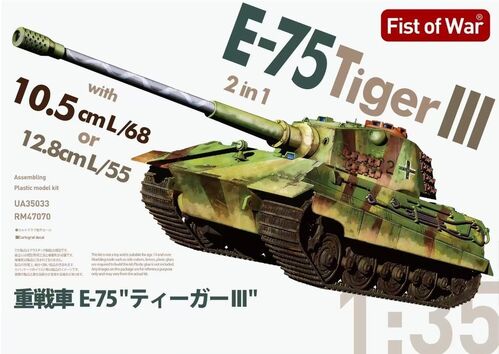
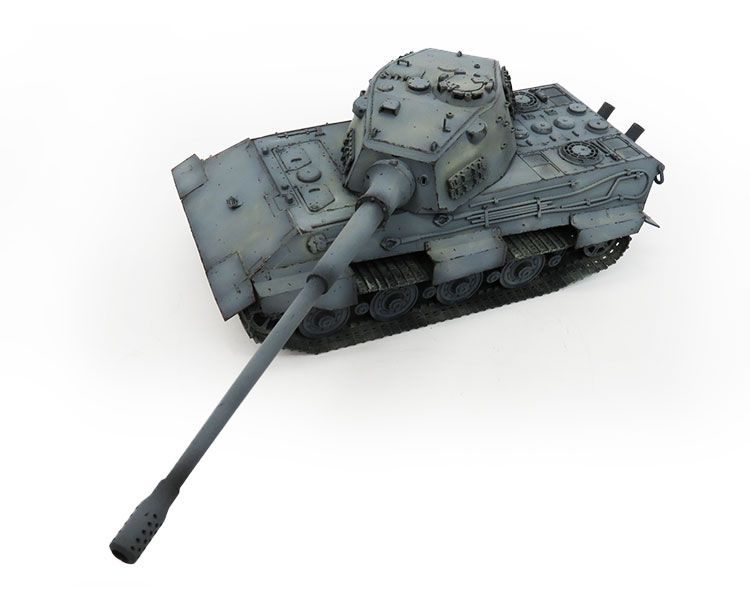
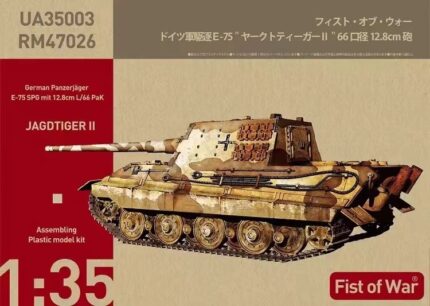
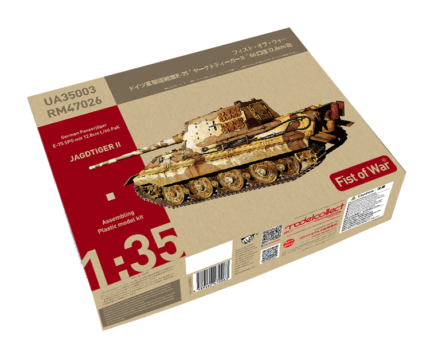
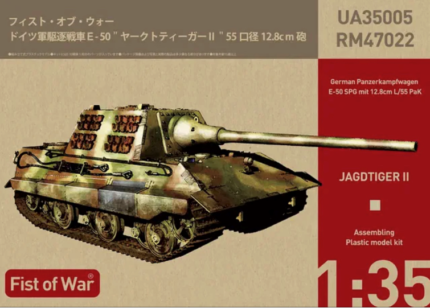
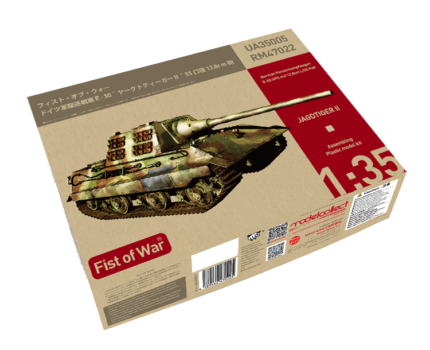
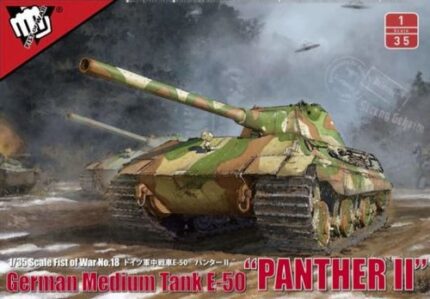
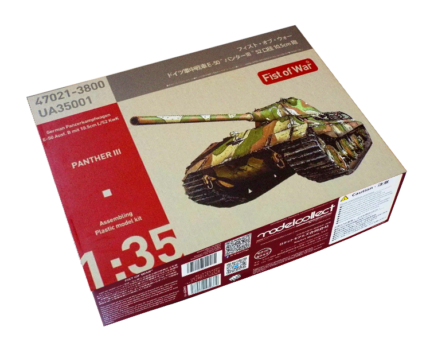

Reviews
There are no reviews yet.